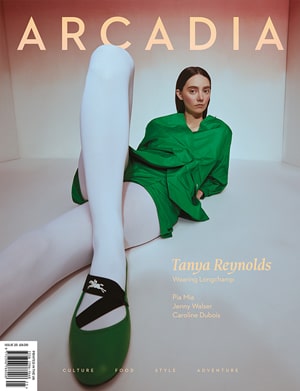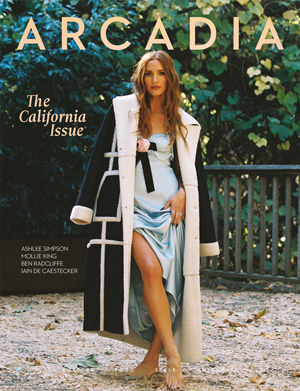Inside the Cassis museum, at its entrance, a quote by Italian historian Arnaldo Momigliano says: “When I want to understand Italian history, I catch a train and I go to Ravenna.”
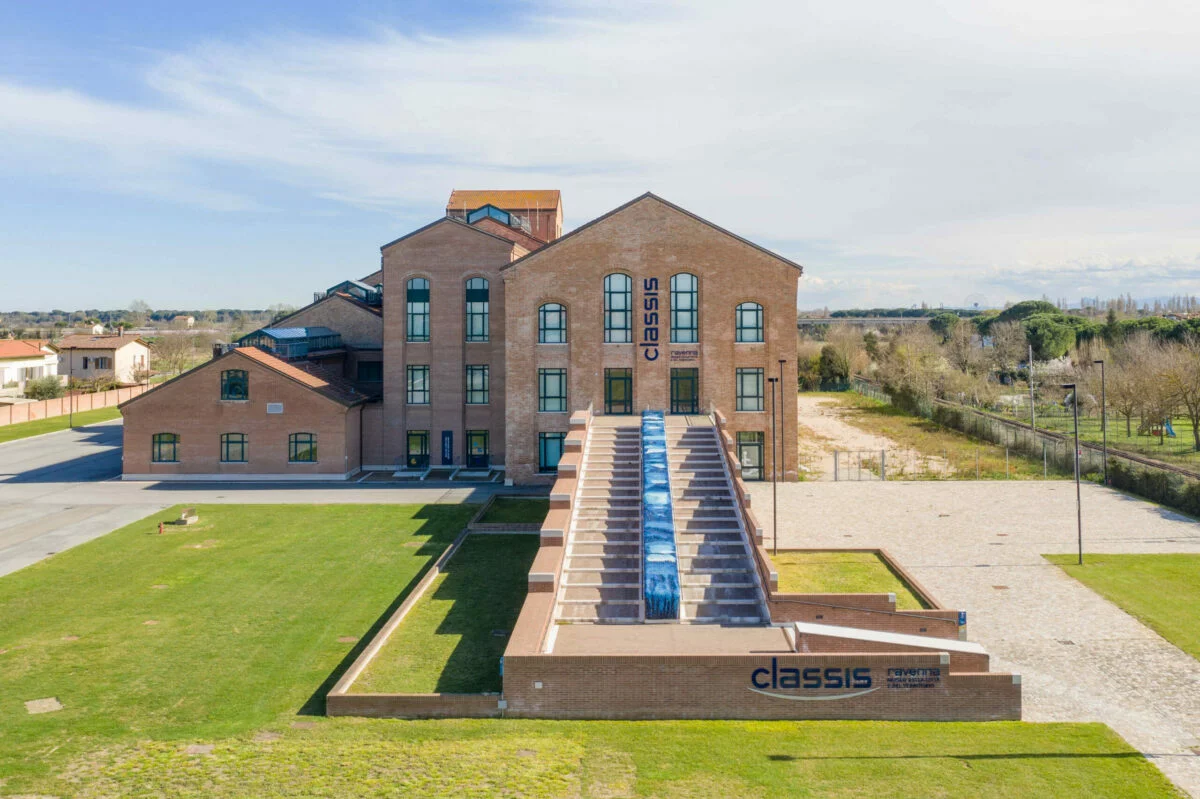
A city resting on water, Ravenna allows you to immerse yourself in the story behind Italy. It is an unassuming city in northeastern Italy, where culture converges.
While still in the infancy of modern tourism, Ravenna has a rich and complex past that stretches back centuries and should most definitely be celebrated. This remarkable city, once the second capital of the Roman Empire, was chosen for its strategic location. It was easily defensible with surrounding marshlands and proximity to the Adriatic Sea, which allowed for strong naval connections.
Now home to eight UNESCO World Heritage Sites and an array of historical landmarks that attract travellers seeking a deep connection with Italy’s past, Ravenna offers a true Italian feeling for tourists visiting the city.
Ravenna’s identity has been shaped not only by its historical achievements but also by its industrial mastery. Known for its large sugar factories, Ravenna played a key role in the importation and processing of sugar. Its strategic location, with nearby towns built at equal distances apart, revealed an ancient defensive strategy. These towns were designed to warn surrounding villages of impending attacks. Today, it welcomes tourists to celebrate its legacy.
Ravenna, in Emilia-Romagna, is a charming blend of ancient history and contemporary life, with young travellers discovering its character and vibrancy for a truly authentic experience of Italy. In the summer months, visitors split their time between exploring the city’s historical sites and enjoying the coast at nearby Marina di Ravenna and Lido di Dante.
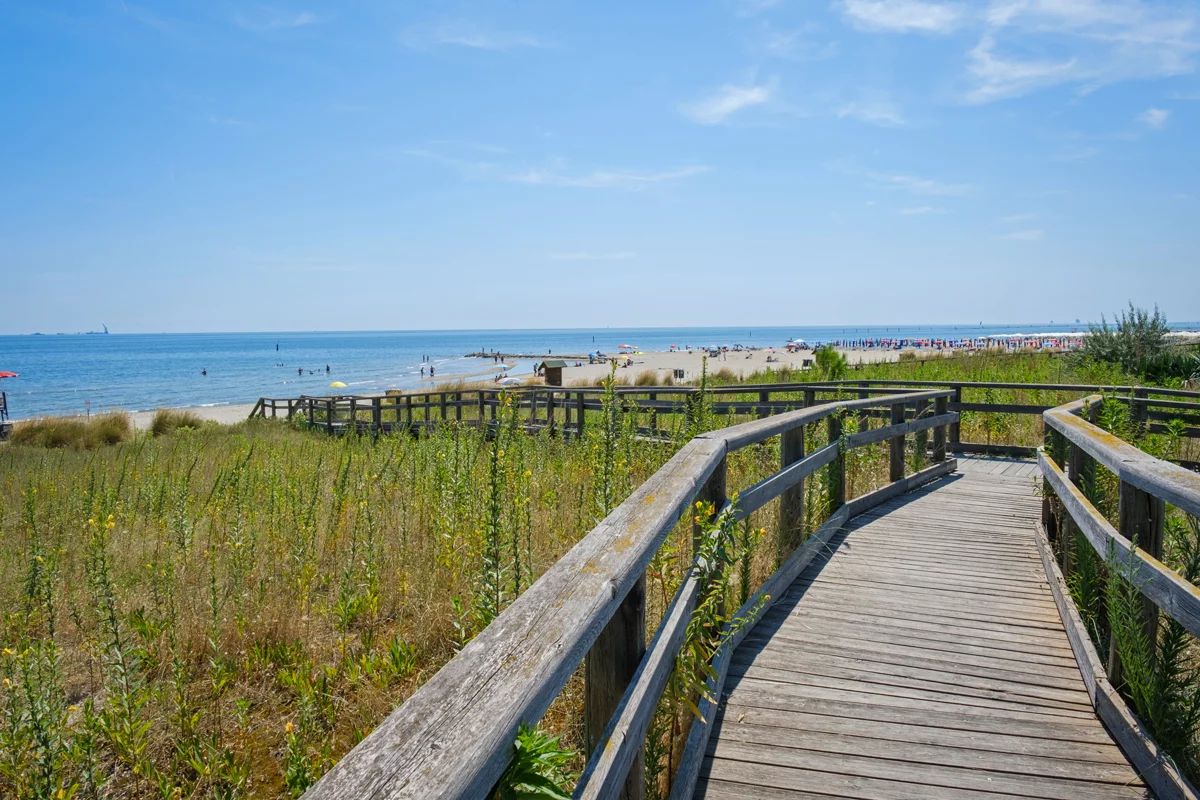
Ravenna’s National Museum offers a rich tapestry of treasures across six different sites in the city. The museum tells the story of Ravenna’s diverse cultural influences, drawing parallels between ancient Rome and modern Italy. Ravenna’s connection to Rome is so strong that it is sometimes referred to as “Little Rome” or “Rominolia.” This phrase encapsulates the city’s deep-rooted cultural ties to Roman heritage and its significance as an artistic centre of the empire.
One of the most striking features of Ravenna is its stunning mosaics, which adorn churches and historical sites across the city. These glass-paste mosaics, created for emperors and kings, were designed without sparing any expense. Gold leaf between two pieces of glass gives the mosaics their luminous quality, helping them withstand the test of time. The mosaics are not only works of art but also symbols of power and devotion, depicting biblical scenes and saints, with frequent appearances of the Apostles Peter and Paul.
Ravenna’s mosaics also feature a strong Eastern influence, despite being in the West. Greek and Turkish textile influences are visible in the intricate patterns and vibrant colours that adorn the walls. As Renoir, a famous historian, once said, “Mosaics are the paintings for eternity.” The city’s mosaics have indeed endured, their glass and gold accents still shimmering with the same brilliance as when they were first created.
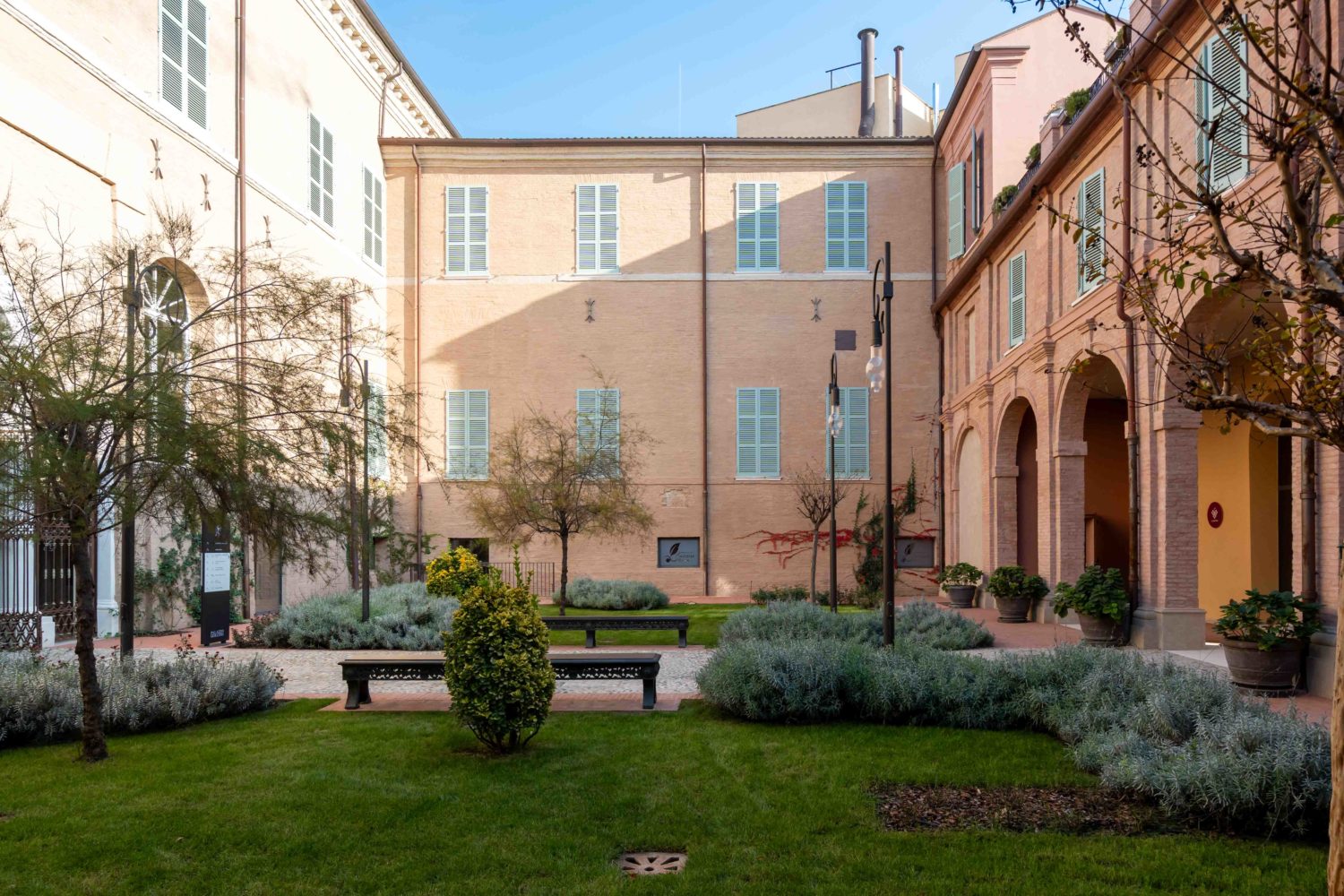
The poet Lord Byron also left his mark on Ravenna, a legacy that is much celebrated by locals. His brief but significant stay in the city inspired many. Now, the Byron and Risorgimento Museum, dedicated to Lord George Gordon Byron, explores the life and works of the poet, who was hosted in Palazzo Guiccioli between 1819 and 1821, when he came from Venice to follow his beloved, young and beautiful Teresa Gamba. Located in the building where he once lived, Byron’s connection to the city is a story of love, literary ambition, and artistic inspiration. It was here that he fell in love with Teresa, a local woman, and set up residence in a palazzo overlooking the city’s charming streets. His rooms have been preserved in the museum, offering visitors a glimpse into the life of the famed poet.
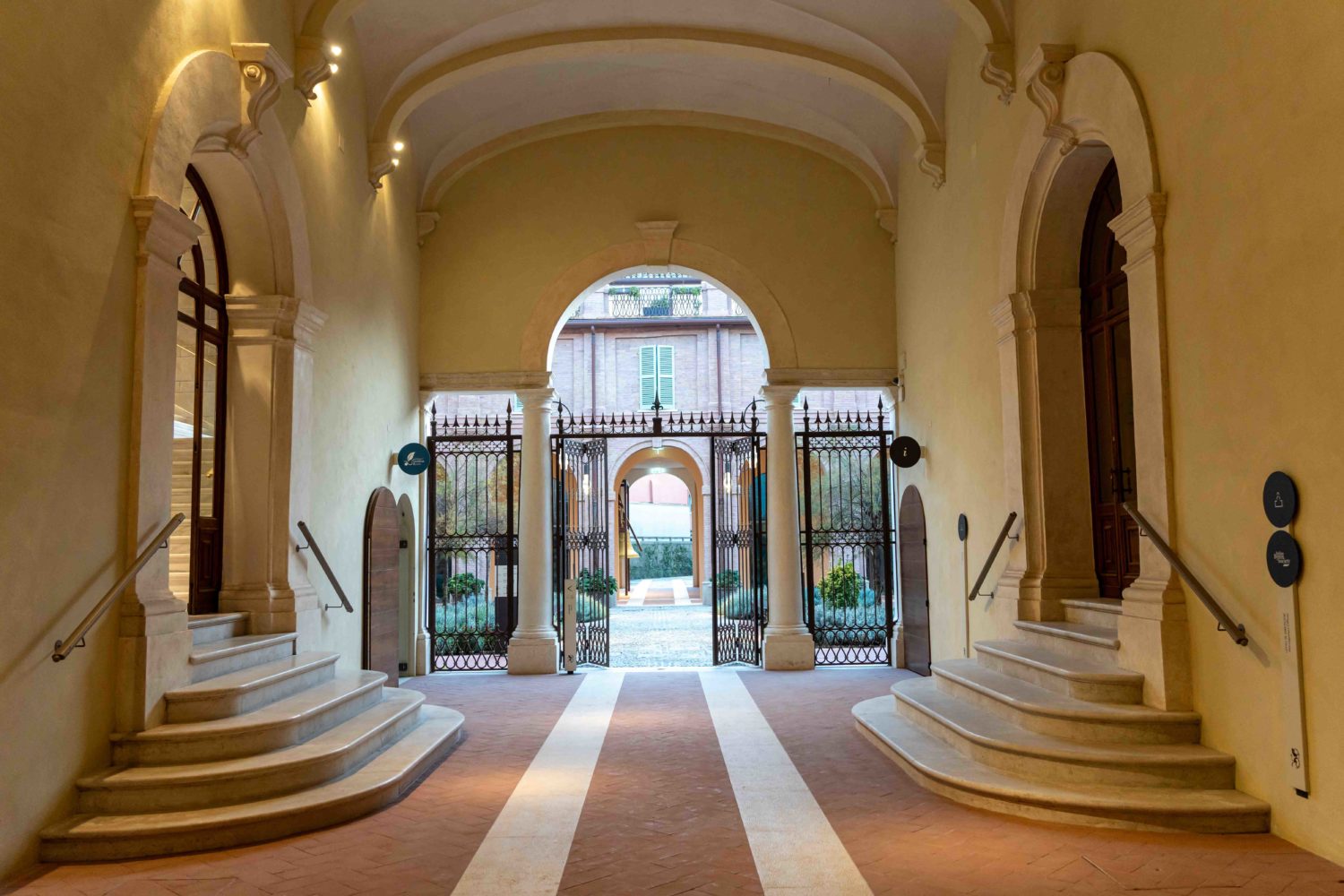
The museum itself is a fascinating journey through time, having taken ten years to restore. The restoration process uncovered frescoes and other hidden treasures, such as commissioned artwork by a local artist, which required careful conservation and documentation. The museum’s intimate atmosphere, interactive elements, and personal relics invite visitors to step into Byron’s world, where his poetry and romantic affairs intertwine.
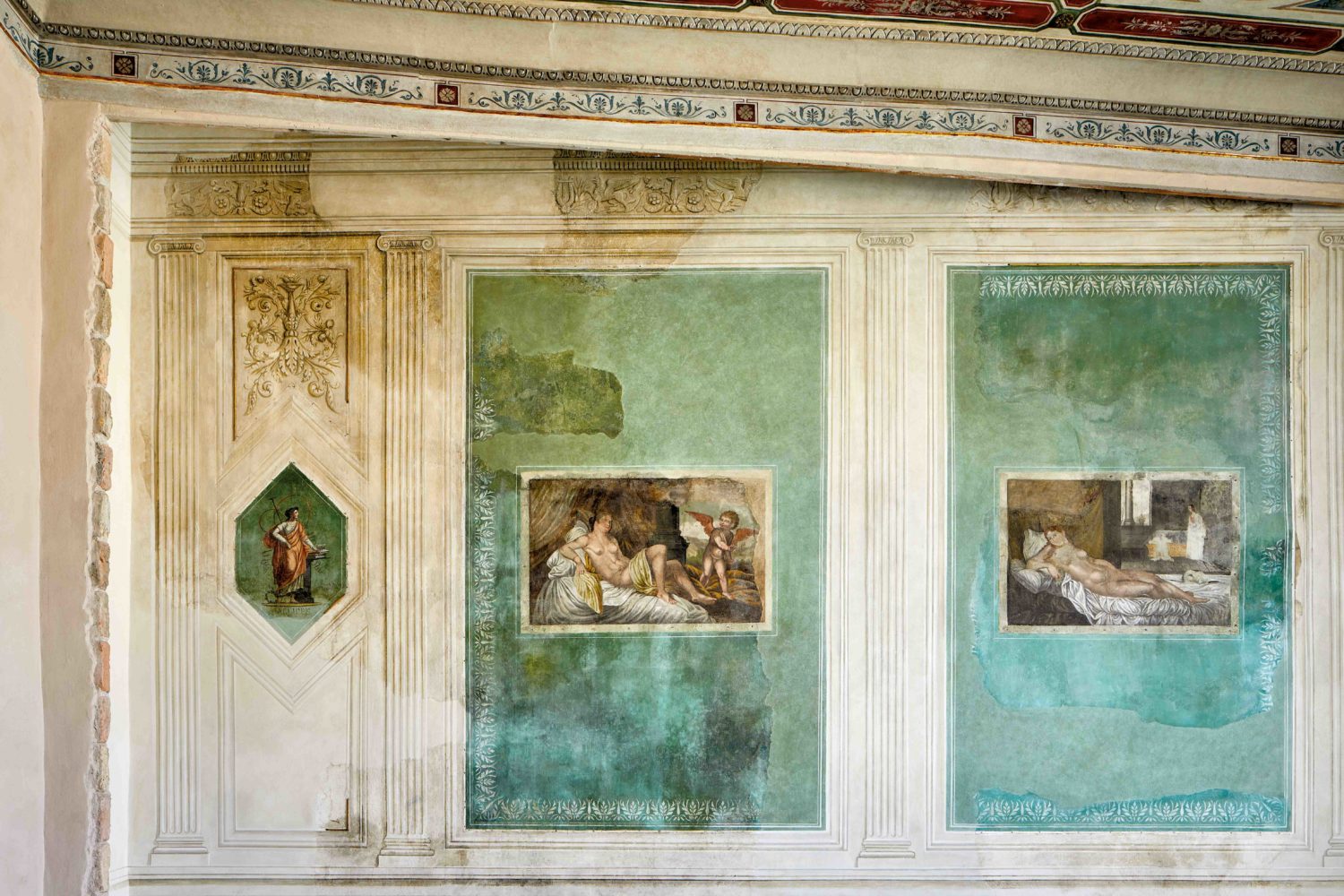
Ravenna’s landscape is as unique as its history. The city is slowly sinking, with a progressive lowering of 18 to 23 centimetres per century. This slow subsidence has affected many of its buildings and monuments, but it also adds to the city’s mystique. The flooding of the area, which has been a challenge throughout history, continues to shape the city’s development and preservation efforts. Ravenna’s architectural heritage is another testament to its historical importance. The Basilica di San Vitale, for example, is renowned for its grand mosaics and intricate design. The construction of this church is attributed to the architect Andrea Palladio, though some historians argue that monks were responsible for commissioning the architectural plans. Regardless of who was behind the design, the building stands as a masterpiece of Byzantine architecture.
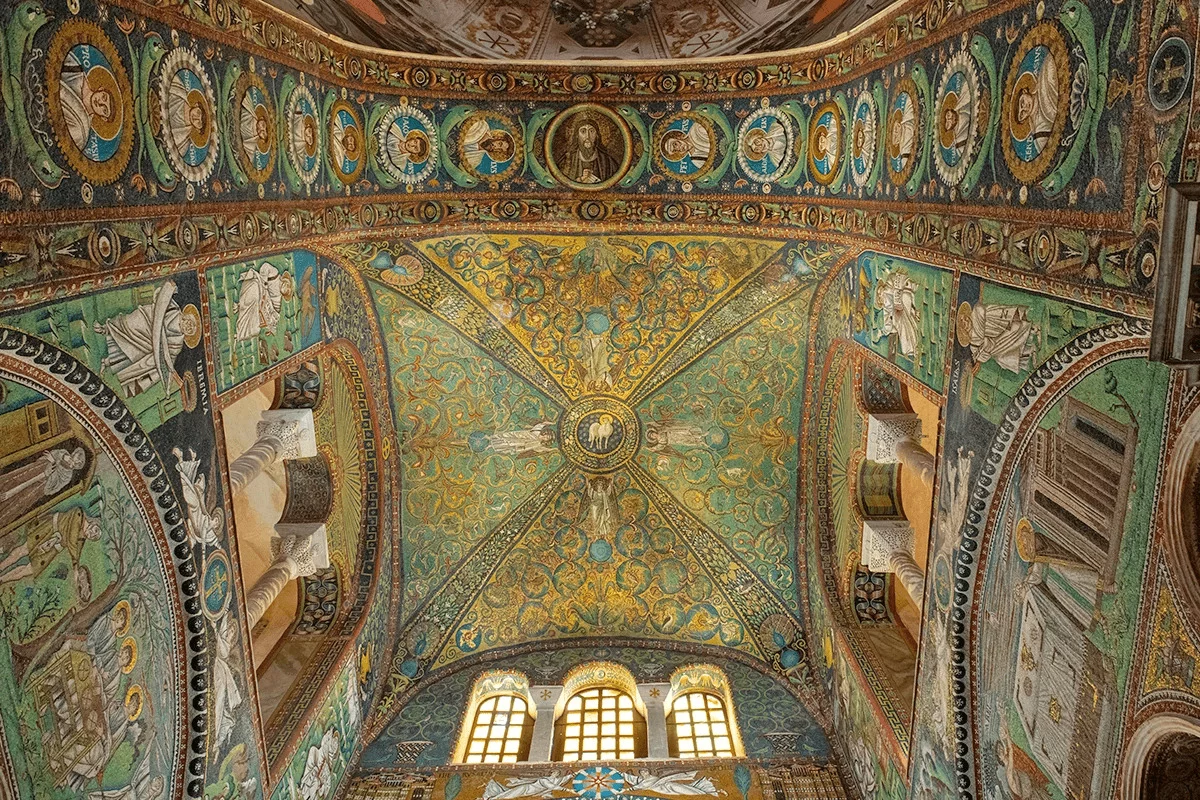
Ravenna’s connection to the sea is also a vital part of its history. The ancient military port of Port Classe, built by Augustus, played a significant role in the Roman Empire’s naval power. While the port is now three kilometres from the sea, it once served as a key hub for trade and military operations. The connection between the port and the ocean is symbolised by the wave motif, which appears in many of the city’s mosaics.
Ravenna is not only a city of art and history but also a spiritual centre. The Basilica di Sant’Apollinare in Classe features one of the most striking mosaics in the city, depicting the Transfiguration of Christ. This mosaic is particularly significant because it places Christ at the centre of the cross, emphasising his divine nature. The dove, a symbol of purity, frequently appears in Ravenna’s religious artwork, reinforcing the city’s deep spiritual legacy.
Ravenna is a city that invites exploration, offering a unique blend of art, history, and culture. From its ancient Roman roots to its stunning mosaics and vibrant modern-day charm, Ravenna continues to captivate the hearts of its visitors and offers an unforgettable journey through Italy’s past and present.




